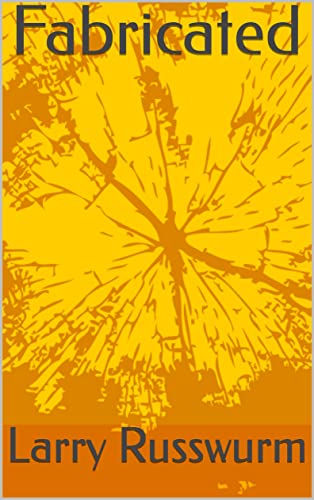In the 1800s, symphony orchestras were all the rage. Cities prided themselves if they had one of these musical groups and a large hall for them to play in. One of these orchestras could easily contain 80 members.
With so many members, you can treat the audience to the unique sound of violins playing chords. Usually violins are played one note at a time. And the most notes it is possible to play at the same time on a violin is two. Chords are defined as three or more notes played simultaneously. But if you have a group of violinists, say 4, 4 note chords are possible.
These orchestras had few quiet instruments, like an acoustic guitar, because they wanted to fill all of their giant halls with impactful music.
Jazz music had humble beginnings, but soon became a worthy successor in popularity to the symphony orchestra. Jazz was most popular in the first half of the twentieth century.
The halls that jazz played to were just as big and to fill it with sound they could get away with just a big band. The big bands of jazz usually ranged from 12 to 25 musicians. The key to getting by with fewer members was having the brass sections. The brass wind instruments are quite loud and the sound emanates through most of a great hall.
Brass chords were possible. You might have three trombone players and one bass trombone player. Here, again, you could present the public with a combined 4 note chord.
After the 1950s, rock music became the most popular genre. It wouldn’t have happened without the electrification and most importantly amplification of musical instruments. Amplification meant that huge sports arenas could now be filled with fans and all could hear the music.
Guitars and keyboards became the most popular chord instruments. At last you could hear them at loud volumes. The rock band was small, usually ranging between 3 and 5 members.
In the brief time we’ve had in this, the 21st century, performance DJs have come into their own. They may not be the most popular performers, yet, but in pockets they are. They make it their business to know how all manner of music machines works. Any or all of them might be used for a show. The crafty DJ might learn how to make pieces or songs with all their machinery. They don’t have to know how to play a traditional instrument to make a song.
There only needs to be one DJ at a show.
You might think this is the end of the progression of having fewer musicians. But you would be wrong. How do we get less than one musician? We simply use a fraction. Firstly, you could have a part time musician working with even fancier machines so the work is lessened further. Or a person with multiple personality disorder, where one of the personalities is a DJ.
The increasing utilization of machinery will continue unabated until we get to the point where the “talent” grunts. Then her machinery will write a song in a nanosecond, 10 complete shows in a microsecond, a lifetime’s worth of music in a millisecond and in a full second will write music for even our longest lived descendent’s life. And that is where I think music is headed.

